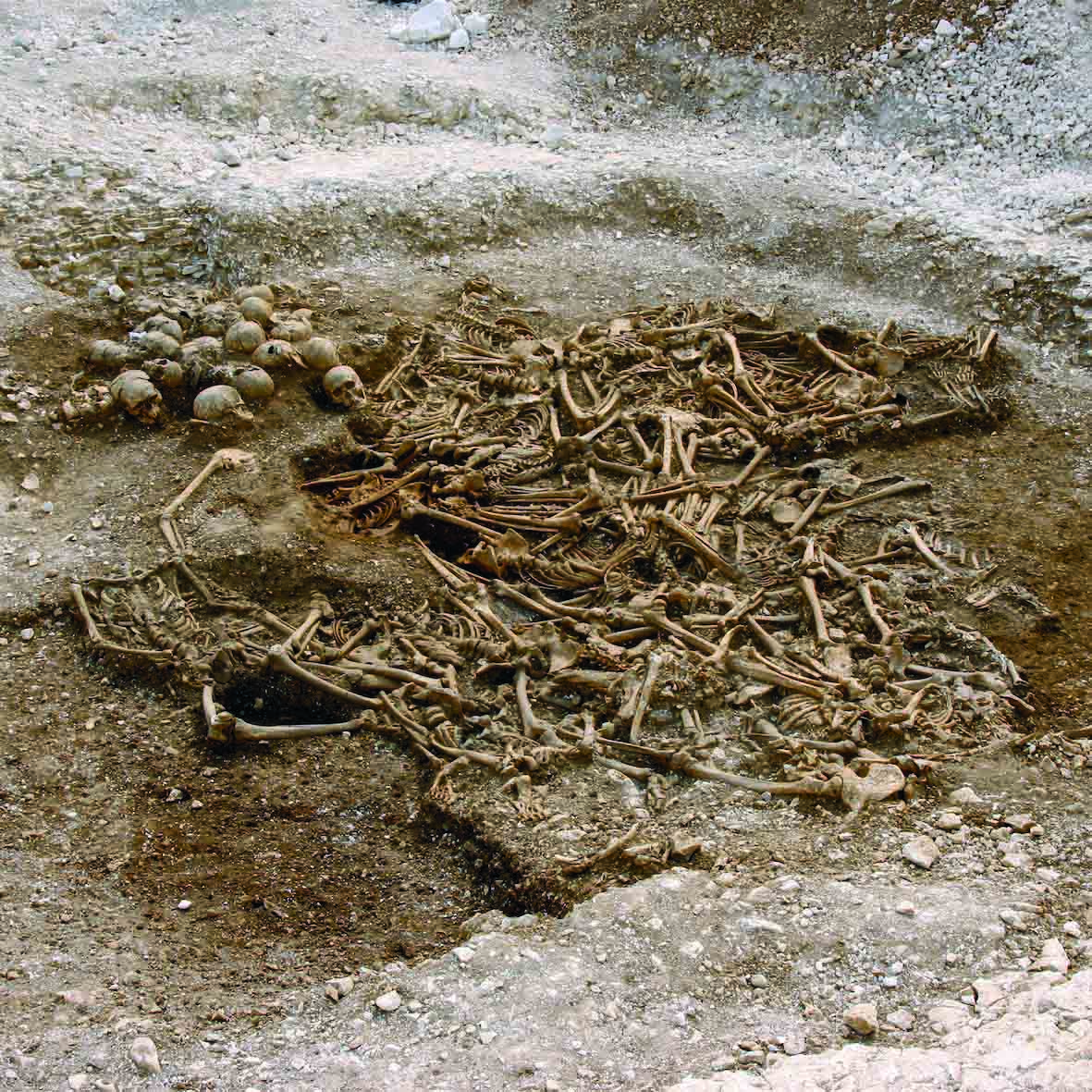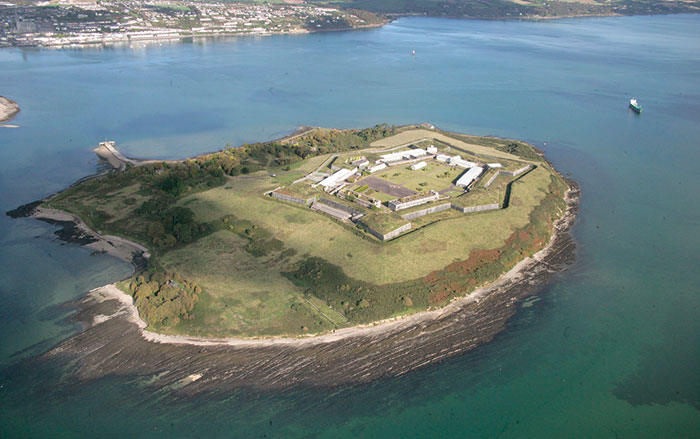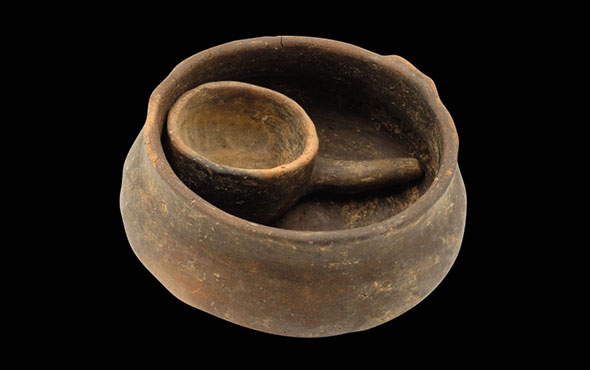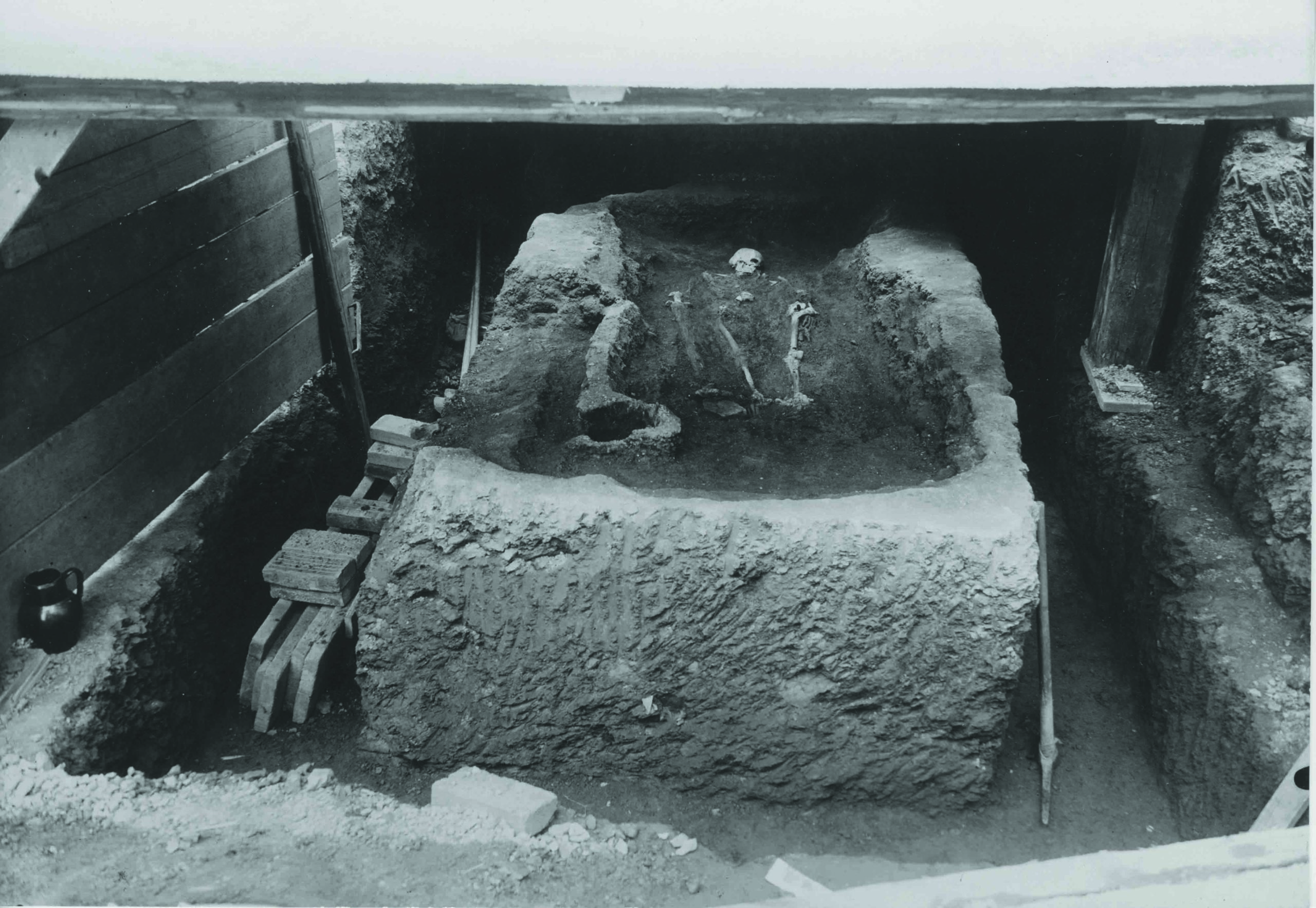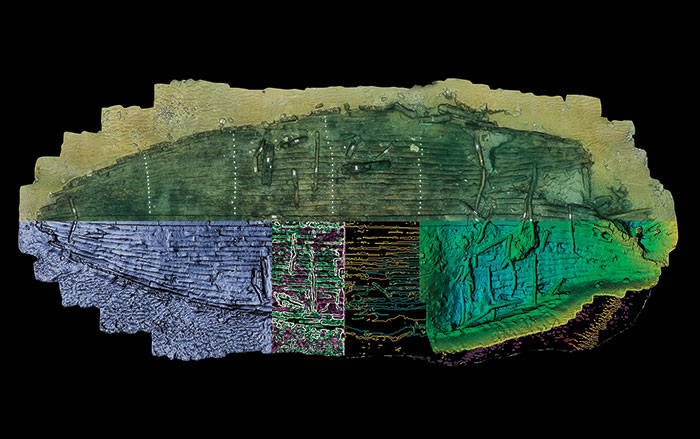
CHICAGO, ILLINOIS—According to a statement released by UChicago Medicine, a new study suggests that Sardinians experienced less genetic turnover than populations living in mainland Europe, where large-scale migration is thought to have occurred during the Bronze Age. An international team of scientists analyzed the genomes of 70 Sardinians whose remains were recovered from more than 20 archaeological sites spanning a period of about 6,000 years. The scientists then compared the Sardinian DNA to DNA collected from other ancient and modern peoples. The researchers determined that Neolithic Sardinians were closely related to their contemporaries in mainland Europe. Sardinian genetic ancestry remained stable through 900 B.C., at a time when populations in mainland Europe began to shift and mix as people from other regions moved across the continent. It had been previously thought that a new style of stone tower that appeared on Sardinia around 900 B.C. may have been constructed by Bronze Age arrivals. The study of Sardinian genomes did detect population movement on the island in later periods, however, such as the arrival of the Phoenicians from what is now Lebanon, and the Punics, from what is now Tunisia, as early as 500 B.C. During the Roman and medieval periods, the scientists also found evidence of migration to the island from Italy and Spain. Read the original scholarly article about this research in Nature Communications. To read about the first Etruscan settlement found in Sardinia, go to "World Roundup: Italy."




